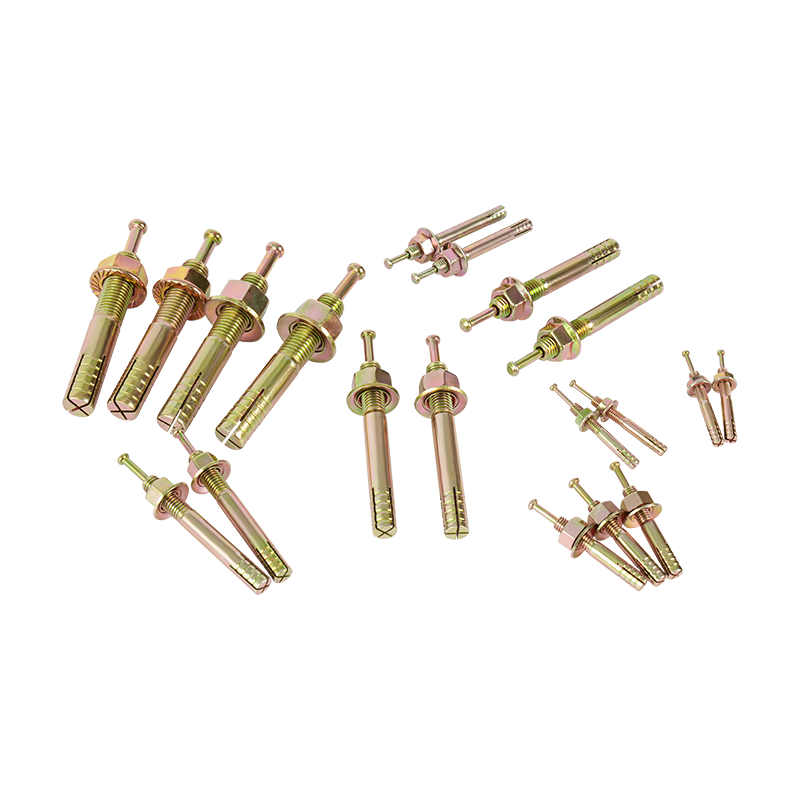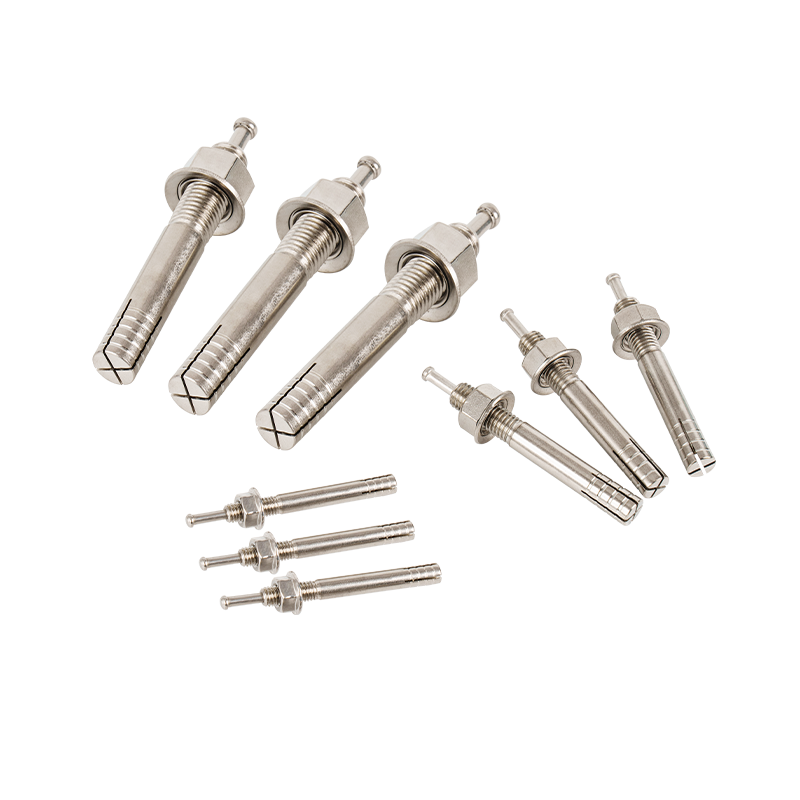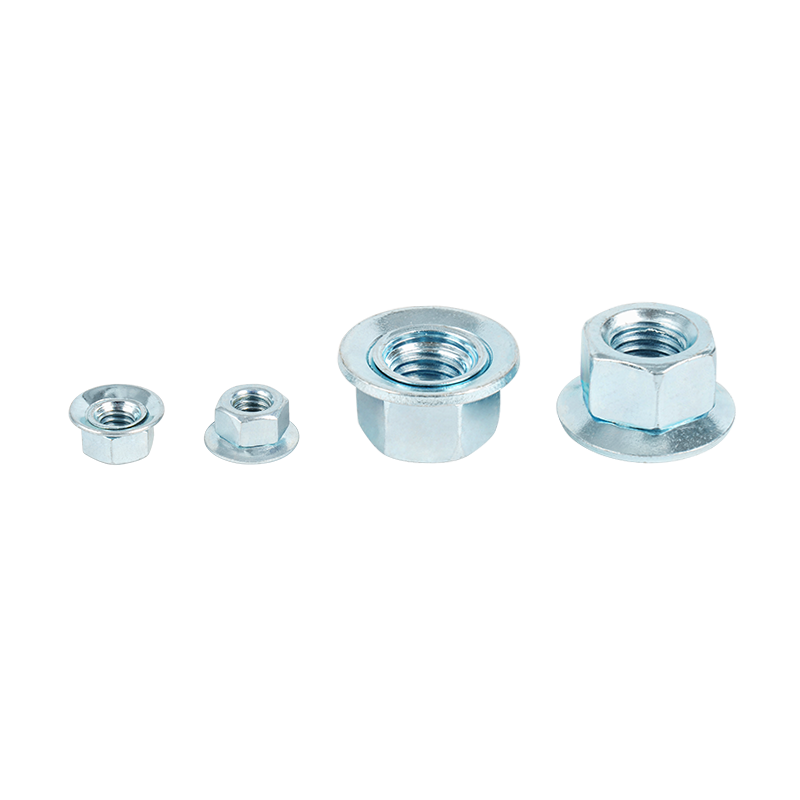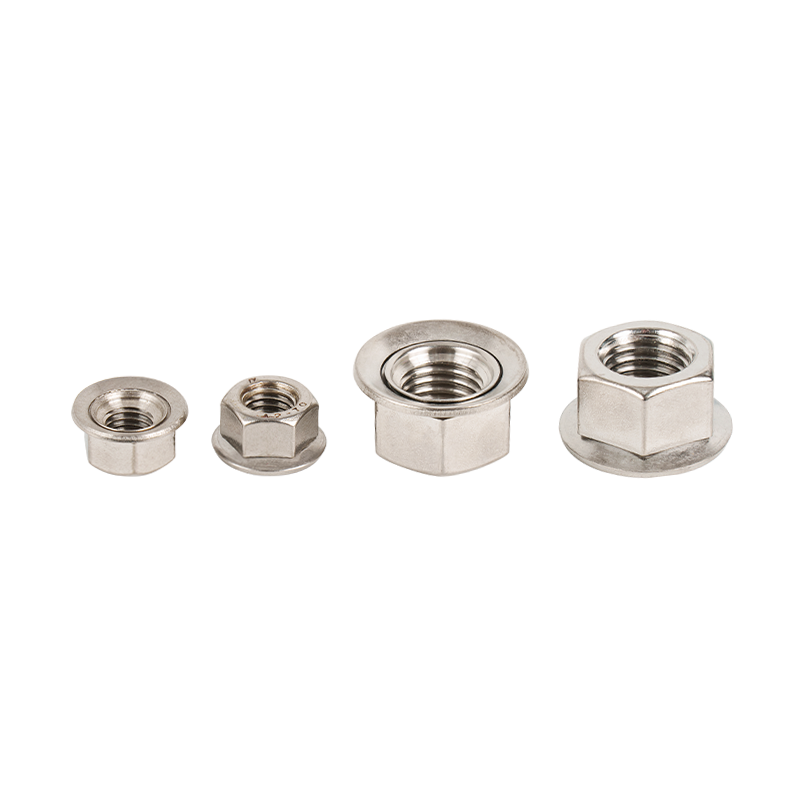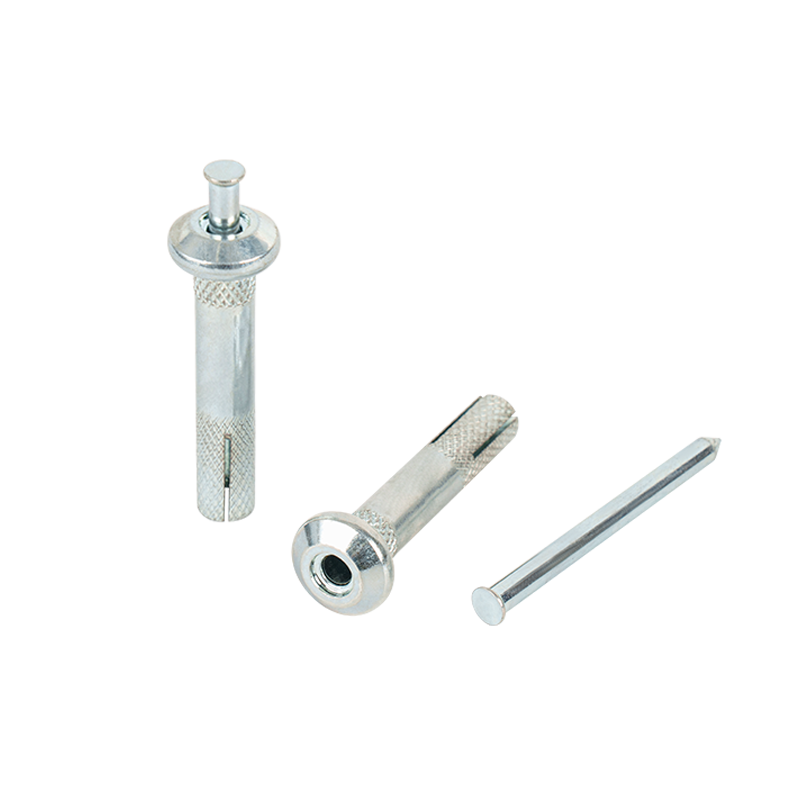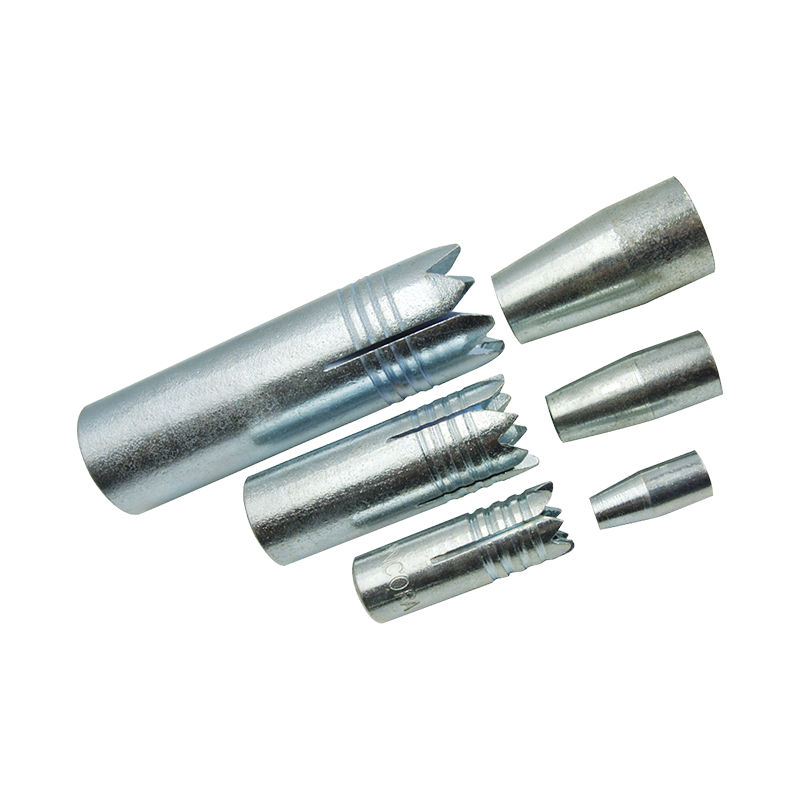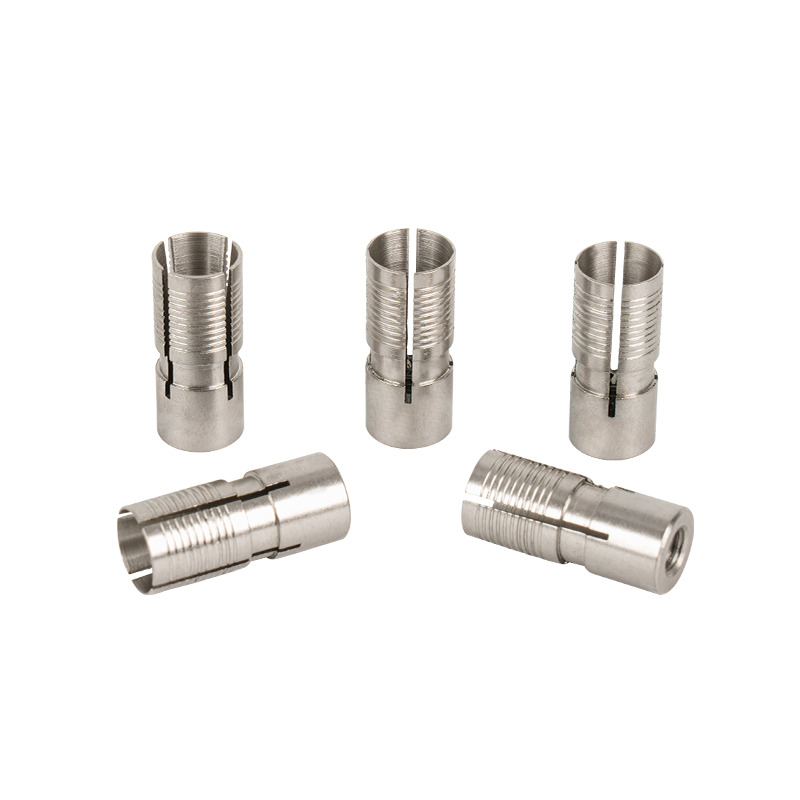Carbon Steel Strike Anchor: Performance Benchmark and Cost-Effective Choice in Heavy-Duty Anchoring
2025-03-21
In heavy-duty engineering fields such as buildings, bridges, and energy facilities, anchors are key nodes for structural safety, and their material selection directly affects the reliability and economy of the project. In recent years, Carbon Steel Strike Anchor has rapidly replaced traditional stainless steel, alloy steel, and plastic anchors in the global high-end engineering market with its unique performance advantages, becoming the preferred solution for engineers.
The mechanical performance advantages of carbon steel strike anchors stem from their precisely controlled alloy ratios. Taking ASTM A449 standard carbon steel as an example, its tensile strength can reach more than 1200MPa, and its yield strength exceeds 1000MPa, far exceeding 304 stainless steel (tensile strength 520MPa) and 6061 aluminum alloy (tensile strength 310MPa). More importantly, through precise quenching and tempering processes, carbon steel anchors can maintain high strength while controlling their elongation in the range of 8%-15%, effectively avoiding the risk of brittle fracture.
In the dynamic load test, the fatigue life of carbon steel impact anchor bolts reached 10^7 cycles (load amplitude ±400MPa), which is 2.3 times that of ordinary stainless steel anchor bolts. For example, in offshore wind power projects, carbon steel anchor bolts successfully passed the typhoon-level wind vibration simulation test, and its energy dissipation coefficient reached 0.85, which is significantly better than other materials.
The corrosion resistance shortcomings of traditional carbon steel have been revolutionary through modern surface engineering. The mainstream carbon steel impact anchor bolts adopt a multi-layer composite protection system:
Base protection layer: hot-dip galvanizing (zinc layer thickness ≥85μm) or Dacromet coating (thickness 6-8μm), salt spray test life exceeds 1000 hours;
Functional strengthening layer: nano-ceramic coating (such as Al₂O₃-TiO₂ composite coating) provides chemical stability in pH3-11 environment;
Intelligent repair layer: microcapsule self-repairing technology can actively release corrosion inhibitors when the coating is damaged.
Comparative experiments show that in the marine atmosphere (Cl⁻ concentration 1.5mg/m³), the corrosion depth of the triple-protected carbon steel anchor bolt after 20 years of service is only 0.12mm, while the local corrosion depth of the 316 stainless steel anchor bolt caused by pitting is as deep as 0.35mm. This technological breakthrough has enabled carbon steel anchor bolts to successfully enter harsh scenarios such as offshore platforms and chemical pipelines.
From the perspective of engineering economy, carbon steel impact anchor bolts show excellent cost control capabilities:
Purchase cost: 40%-60% lower than stainless steel anchor bolts of the same specification, and more than 75% lower than titanium alloy anchor bolts;
Installation efficiency: The patented expansion cone design reduces the installation torque by 30% and increases the daily construction volume by 50%;
Maintenance cost: Under the equivalent protection level, the 30-year maintenance cost of carbon steel anchor bolts is only 1/3 of that of stainless steel products.
Taking a cross-sea bridge anchoring project as an example, the use of carbon steel impact anchor bolts instead of the original stainless steel solution reduced the overall anchoring system cost by 21 million yuan, shortened the construction period by 22 days, and passed the third-party certification of a 50-year design life.
Modern carbon steel strike anchors have developed into an important carrier of intelligent anchoring systems. By integrating IoT components such as strain sensing optical fibers and RFID chips, engineers can monitor the preload changes, corrosion status and load distribution of anchors in real time. In a nuclear power plant dome anchoring project, the carbon steel anchor system embedded with sensors successfully warned of micro-displacements at the 0.03mm level, avoiding potential structural risks.

 English
English 日本語
日本語
